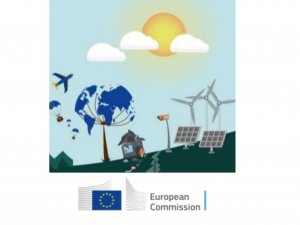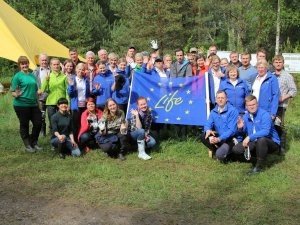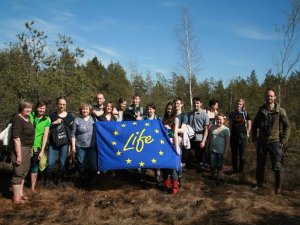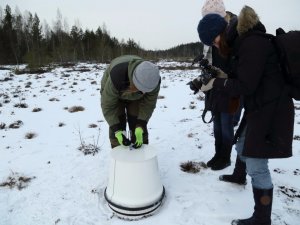
LIFE REstore presents national GHG emission factors in Latvia at European Commission Joint Research Centre
Saistītās ziņas:

LIFE REstore successfully carried out the largest scientific experiment of sphagnum planting in a former peat extraction field in Latvia
May 18, 2018 - The largest scientific experiment of sphagnum planting in a former peat extraction field was successfully carried out in one of the project’s LIFE REstore demo-sites in Ķemeri National park. With the help of 62 volunteers, more than 2200 kg of sphagnum moss were planted in a 450...

Raising awareness on LIFE 25th anniversary
To promote the beginning of summeron 6th of May in Kemeri National Park (KNP) the annual Travelers Day was held. This time it was dedicated to a double jubilees, asthis year marks 20th anniversary of KNP and the 25th anniversary ofEU's most important environmental and climate protection program ...

Raising awareness on World Wetlands Day
Beginning of February marks a significant event in the history of nature conservation. It is World Wetlands Day, which is celebrated on 2 February,marking the adoption of Ramsar Wetlands Convention in 1971 in the Iranian city Ramsar.The Convention is the only international environmental agreement wh...
